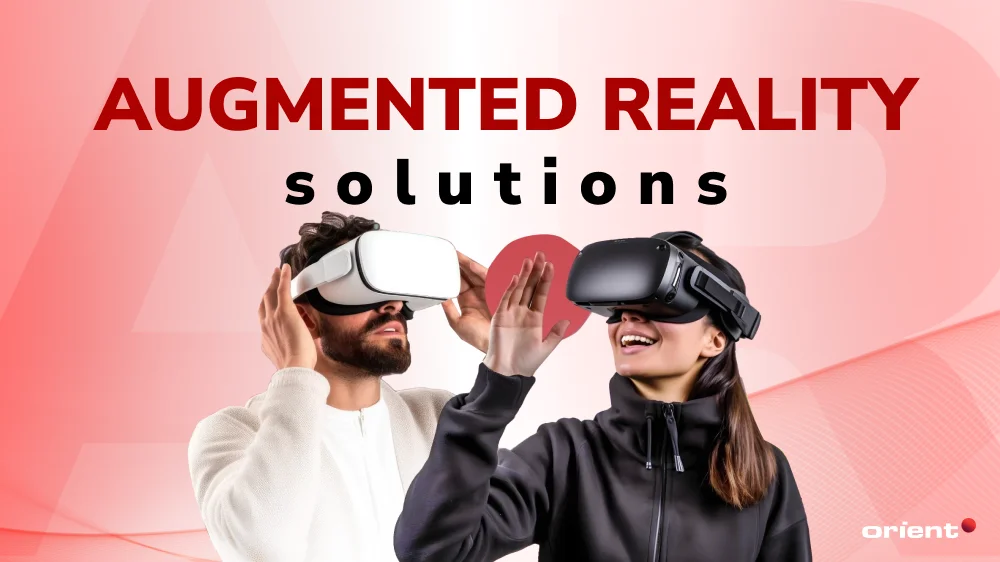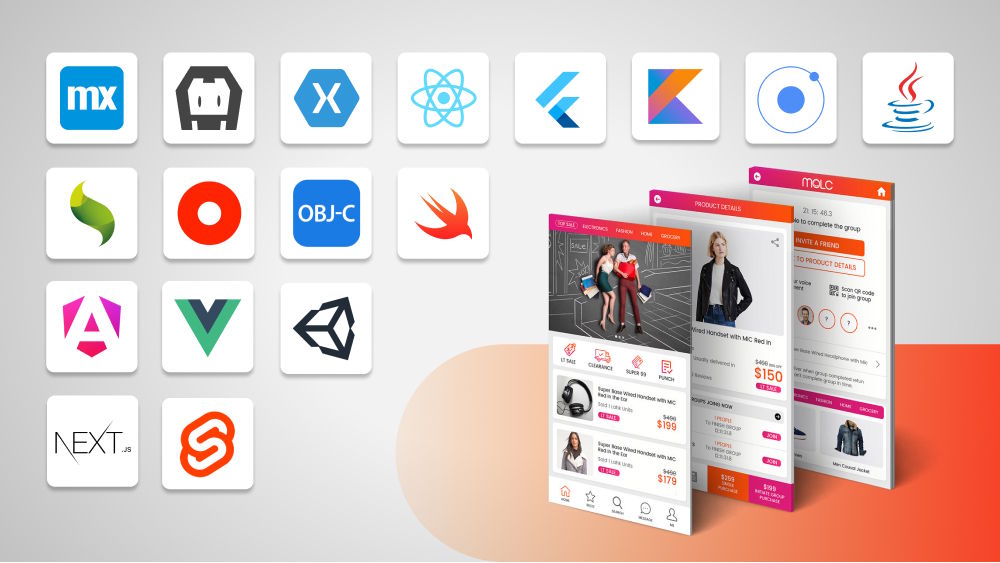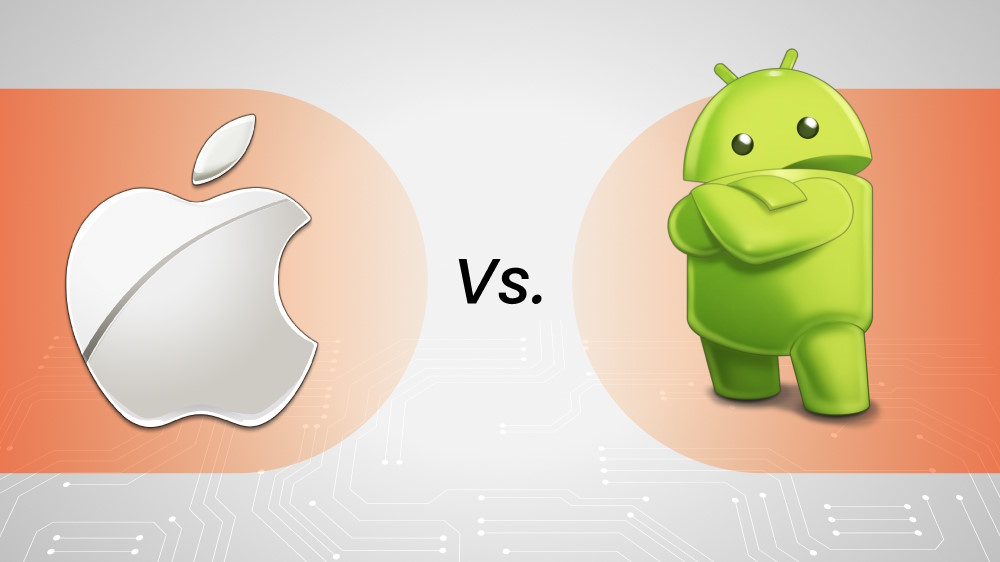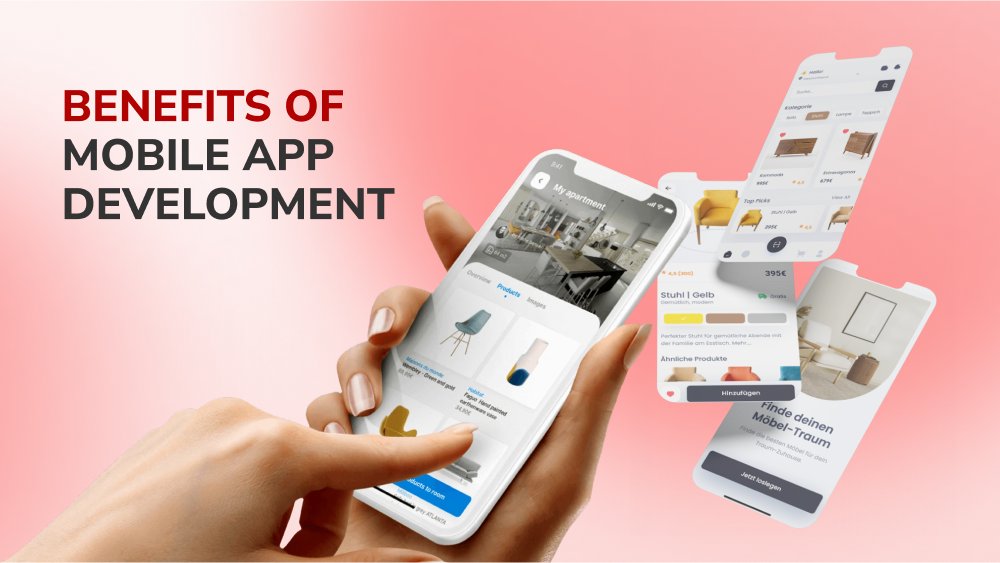The Expanding Influence of Augmented Reality Solutions

Content Map
More chaptersAugmented reality (AR) is a high technology that enhances the user’s view of the real world by overlaying digital objects, information, or images into the real world. AR by no means is a new technology, yet its usage hasn’t reached the mass public yet.
Even though augmented reality (AR) may seem like a technology from a sci-fi movie, many industries have embraced its capabilities to improve the experiences of users and workers. Here’s an in-depth exploration of the specific positive impacts of AR solutions in various industries, along with the challenges associated with implementing this technology.
Key Takeaways:
- Augmented reality has been applied across numerous sectors, with the most notable ones being entertainment, retail, marketing, education, and manufacturing.
- Despite AR’s increasingly widespread use, it still faces challenges regarding infrastructure, accessibility, and data security.
The Evolution and Impact of Augmented Reality Technology

AR technology is constantly evolving. Its most recent developments, as of the publication of this article, include
- The collaboration of Inspirit and Snap will bring immersive learning to students in the United States. The organizations have conducted a study with Stride to find that AR has heightened student motivation in class.
- At CES (Consumer Electronics Show), an annual trade show by the Consumer Technology Association (CTA), BMW introduced XREAL Air 2 AR glasses. The glasses enrich the driving experience using navigation, hazard warnings and parking assistance.
Augmented reality is such an advanced, complex technology that sometimes it’s hard to believe it originated in the 1960s. A computer scientist and Harvard professor, Ivan Sutherland, invented the first head-mounted display called “The Sword of Damocles” in 1968. Its computer-generated visuals enhanced the user’s sensory experience of the environment.
The term “Augmented reality” was first coined by Boeing researcher Tom Caudell. From then on, AR has developed in leaps and bounds. In 2016, during the peak of Pokemon Go, an article by Harvard Business Review stated that three elements pushed the mass adoption of augmented reality apps:
- Content with meaning
- Convincing and practical blending of the physical and digital worlds
- Distinctive value that surpasses what other technologies deliver
According to the article, Pokemon Go has delivered all of these elements. AR’s strong development had more implications outside of the entertainment realm. Years later, organizations in numerous sectors – retail, marketing, tourism, and education – are utilizing augmented reality solutions to enhance operation and user experiences.
Industry-Specific Augmented Reality Solutions: Real-life Applications, Benefits and Key Players

Entertainment/ Gaming
Augmented reality, virtual reality (VR), and mixed reality are most often associated with the gaming industry. There are numerous reasons for this, but above all, it is the immersive gaming experience that the augmented reality solution provides gamers.
Benefits of AR Technology in Gaming
- Immersive Gaming Experience: Instead of observing the game unfold through a screen, gamers see their surroundings, and object movements and interact with the objects through the blend of real and digital worlds. This life-like gameplay keeps users hooked for a long time. A report by Ericsson has found that six out of ten active AR players see the immersive experience as a major motivator.
- Aided Navigation: In addition to interacting with virtual objects and NPCs (non-player characters), AR gaming users are free to roam around the digital world to explore or complete a mission, e.g., finding the way out of a maze.
- Real-time Social Interaction: What’s better than an immersive gaming experience? A shared immersive gaming experience! Just like with other types of games, you can collaborate with other players to carry out missions, combat, or simply explore the digital world together. You can always go against other players to level your skills, too.
- Educational Benefits: Gaming elements have been widely recognized for maximizing learner engagement. With AR solutions in the picture, these benefits are tenfold and ensure learners are learning effectively while having fun.
Use Cases
- Jurassic World Alive: Developed by Ludia, this game puts the player in control of building the Jurassic World theme park. Players can go around to collect dinosaurs in the real world, breed their dinosaurs, and even put dinosaurs against each other in a battle.
Retail
Customer experience in retail makes or breaks a customer’s relationship with the shop. Positive customer experience helps to build trust and loyalty, and from there, increases sales. AR technologies have been successfully utilized to elevate customer’s experience in both in-store and online shopping.
Benefits of AR Technology in Retail
- Stronger customer engagement. AR keeps customers engaged while collecting data for better insights, relieving businesses of the burden of constantly coming up with new engagement strategies.
- Unique selling point. There are countless strategies to develop unique selling points, and enabling your customers to engage with digital elements while shopping is unquestionably one of them.
- Reduced time it takes to make decisions. Online shopping can be tricky since customers need help determining whether the product matches their expectations. Even after watching dozens of product reviews, they might still end up returning their purchase. AR apps and web AR solve this problem, helping customers make decisions quickly and reducing the return rate.
Use Cases
- Ikea Place: This augmented reality app allows users to try items in their homes using augmented reality, by pointing their camera where they’d like to place the furniture and selecting from their catalog.
Marketing
Technology has revolutionized how marketing connects to customers, and AR is no different.
Benefits of AR Technology in Marketing

- Enhanced brand awareness. Even though AR has been around for a while, it still hasn’t reached the mass population yet. This is why it still has a “wow” factor to it, increasing reach and virality.
- Increased sales. AR delivers features, functions, and stories to customers effectively, boosting sales.
- Enhance brand perception. Integrating AR into marketing campaigns portrays a brand as innovative and future-ready, appealing to a wider audience.
Use Cases
- Coca-Cola: The brand has incorporated AR experiences into its cans, allowing consumers to engage with brand-themed content. This marketing campaign featured characters resolving their differences over a Coke.
Education
Even though AR is often associated with entertainment or retail, education has utilized the technology to make learning fun and more interactive.
Benefits of AR Technology in Education
- Faster learning process. Instead of learning on two-dimensional materials, students can interact with digital learning subjects to speed up knowledge acquisition.
- Higher student engagement. AR keeps learners engaged throughout the lessons since learners are constantly interacting and exploring the subject.
- Access to virtual equipment. Certain subjects require materials during class, but it can sometimes be challenging for schools to accommodate these needs. AR is a great way to access and even interact with them virtually. This also allows a safer practice in many cases.
Use Cases
- Forggipedia: This Apple AR app helps users explore and interact with a digital frog to learn everything about a frog’s lifecycle and anatomy. The application provides users with an immersive learning experience, observing the frog’s development from being a single-celled egg to a full-gown frog, all the while dissecting its complex organ systems with the touch of their fingers.
Manufacturing
Beyond immersive experiences, AR has enhanced the connection between humans and machines, allowing the interaction to become natural and intuitive.
Benefits of AR Technology in Manufacturing
- Enhanced Quality Control: Overlaying digital images on real-world objects/parts for the most accurate and timely error detections. This real-time feedback reduces human error and ensures the highest quality output.
- Improved Training: AR tools provide workers with immersive training experiences, for example, by layering instructions over equipment in the physical world. Workers can also interact with 3D pieces of equipment to gain a better understanding of them.
- Remote Guidance: AR gives experts the necessary tools to guide workers from another location. Not only does this save a lot of money and time, but it also ensures that things are done right from the first time.
Use Cases
- Airbus: Airbus, a leading aerospace firm, has utilized Airbus for quality checks of the components and to make sure they all meet standards. AR also allows its customers to walk through a virtual A350 XWB cabin and learn more about its layout. Another use of the tech is for cabin furnishings and fittings.
AR Adopting Challenges and How to Navigate Them

Despite this interactive tech’s many perks and use across various industries, there are still challenges that this technology must face.
- Tech Infrastructure: Adopting new technology always comes with resistance. This is especially true when it comes to organizations with a legacy system in place for decades. Working on existing infrastructures to make them AR-compatible is a huge hurdle - as this requires a team of expertise, operation disruption, etc.
- Data Security and Privacy: this complex subject has been prevalent not only in the world of AR but almost every other kind of technology. AR might be dealing with sensitive information, and advertisement companies can mine this information for profit.
- Training: Change is never easy, especially when you add technology to the traditional working processes. Newer generations are often more open to novel technology, but the older generation might not be as willing. Hence, companies need to organize intensive training programs, adding even more strain to some already stretched budgets.
- Budget: AR is undoubtedly cost-effective in the long run. It saves you the cost of gathering multiple items in a single location, including equipment and reworks. However, the upfront cost it requires can be intimidating. This often involves tech hardware and a professional team to develop immersive programs.
Challenges in augmented reality app development and adoption are unlikely to go away in the next 2 or 3 years, but there are some actions companies can take to ensure the usage of augmented reality solutions is safe and ethical.
- Ensure that the technology is affordable and inclusive, especially when it comes to societal or educational usage.
- Be transparent about what kind of data you are collecting. Give your users the option to opt-out where possible. If data must be collected for the app or software to work, have comprehensive data security measures in place to protect your user’s information.
Conclusion
Challenges are inevitable. Even so, with the right approach, smart strategies, and a clear vision of the future, no barriers can stand between you and the transformative benefits of augmented reality solutions. Another secret to overcoming those hurdles is finding yourself a good software development partner. Orient Software takes pride in our AR expertise, ethical practice, and insight into the market. Team up with us today to embrace the challenge and take the lead in the industry!







